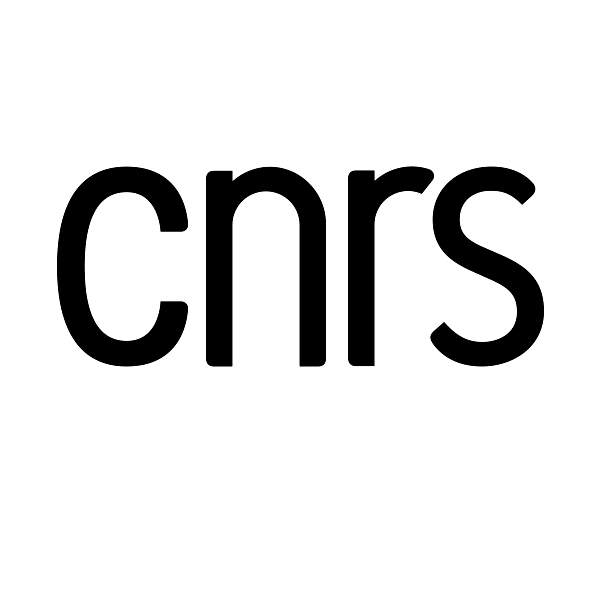The word GAINARD is an anagramm of the word DRAINAGE and alludes to the verb “to gain”. The inversion of the term “drainage” and its transformation into a “gaining process” in the name is fully intentional. Its overall idea is to gain water and to redistribute it better, acknowledging (and employing) the natural processes and mechanisms in the water cycle. Being organized along the flow patterns in the landscape, beginning with rainfall, groundwater formation and spring sources, and ending with the confluences of rivers to the sea, GAINARD provides a chain of Nature-based-Solutions employing the principles of Ecohydrology (Zalewski et al. 2002), reinforcing the natural processes (Environmental Flows (Arthington et al. 2018), acknowledging the natural environmental flow regime, and the River Culture Concept (Wantzen et al. 2016), harmonizing humans and rivers by learning processes from nature and traditional ecological knowledge.
Practically speaking, this includes:
- Facilitation of infiltration of rain water into the soils by removing surface sealing
- Removal of drainage pipes and ditches, evtl replacing them by temporary storage wetlands, avoiding artificial retention ponds (“mega-bassines”)
- Increase of the protected, water-“producing” area in the headwaters by replanting natural vegetation in large buffer zones, beginning at the uppermost point of a subcatchment. Tiered protection/use schemes need to be developed and employed for these zones.
- Removal of flow obstacles such as culverts and dams and replacement by low-head sills (??? seuils) that deviate excess flood water into lateral floodplain wetlands. (water sowing)
- Construction of lateral floodplain wetlands with a high natural hydrologial buffer capacity, i.e. absorbing large amounts of floodwater and releasing it during rainless periods.
- Restoration of lateral floodplain wetlands bydike relocation/removal
- De-straightening of rectified stream/river planforms to increase land/water interactions
- Construction of open, “multiple use floodplains” in the rural-urban gradient and in cities. These should be able to absorb and release large amounts of water, and at the same time serve as carbon sinks, water purification units and harbor biodiversity (but be protected against invasive and nuisance species, esp. mosquitoes) by adequate management.
- Replanting riparian woody vegetation to improve shading of rivers and lakes, to reduce heating up of the water
- Creation of hydrological and thermal refuges for heat-sensitive species along the whole river continuum. These refuges need to be conceptualized to avoid predation by native / invasive species and sufficiently long supply of food resources in adequate quantities.
- Development of a decision support system (with adequate criteria) to prioritize entire rivers or long river sections to be restored, avoiding a fragmentation of habitats
- Develop specific education projects on how to deal with water, appreciate the value of water (beyond its market price) and respect and take care of water and aquatic ecosystems and their respective cultural values.


